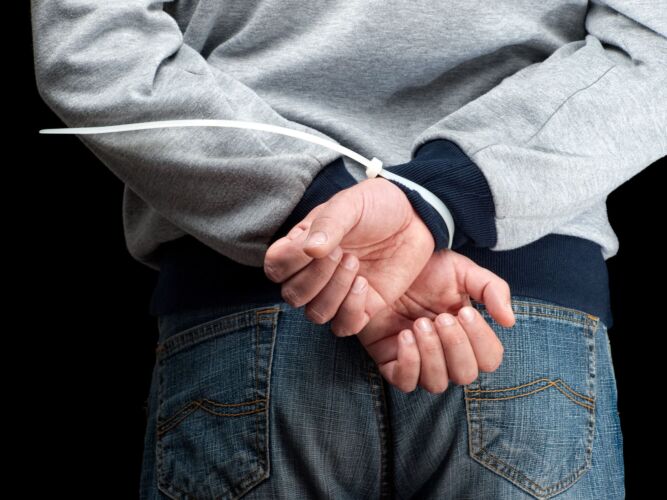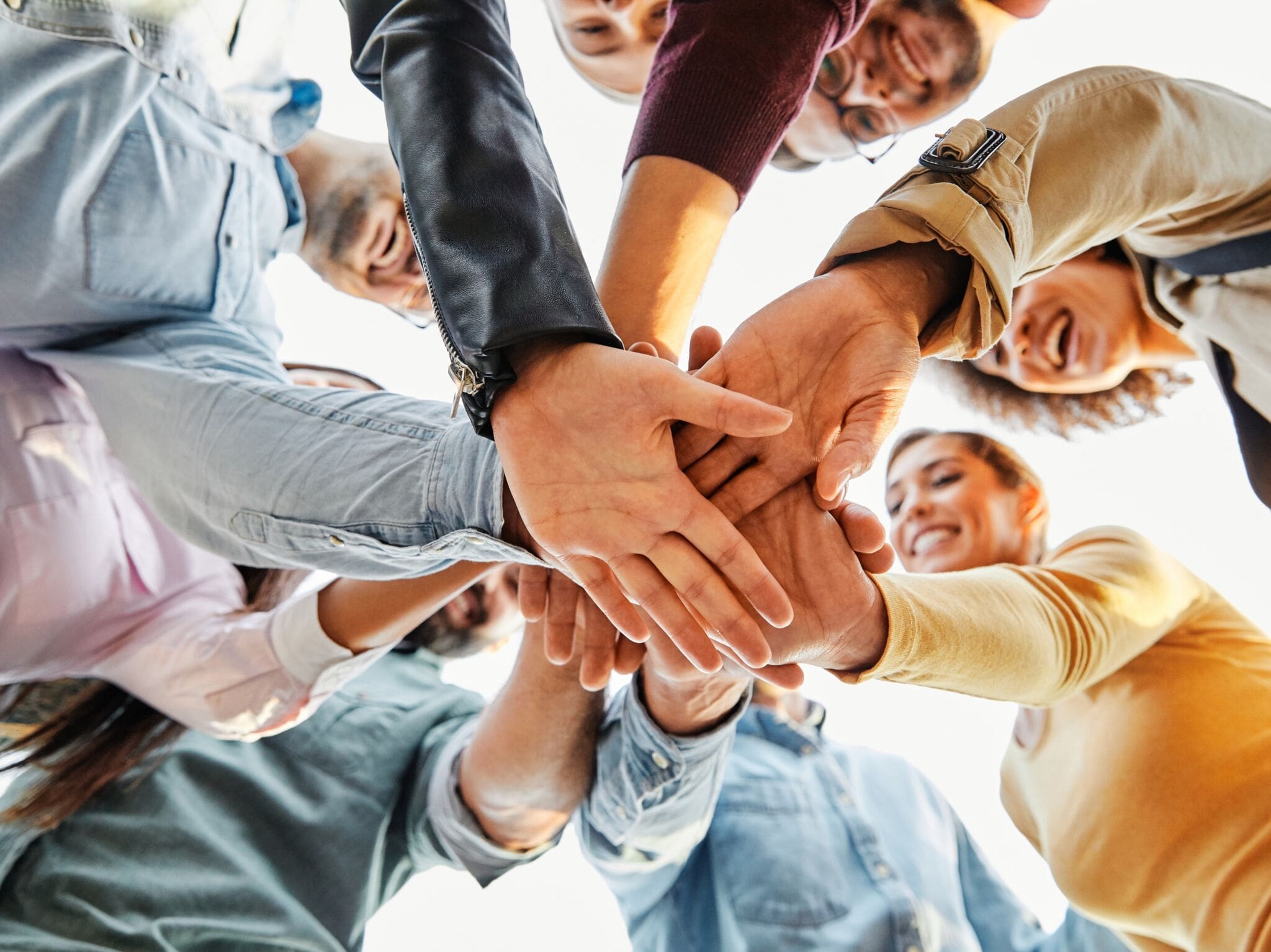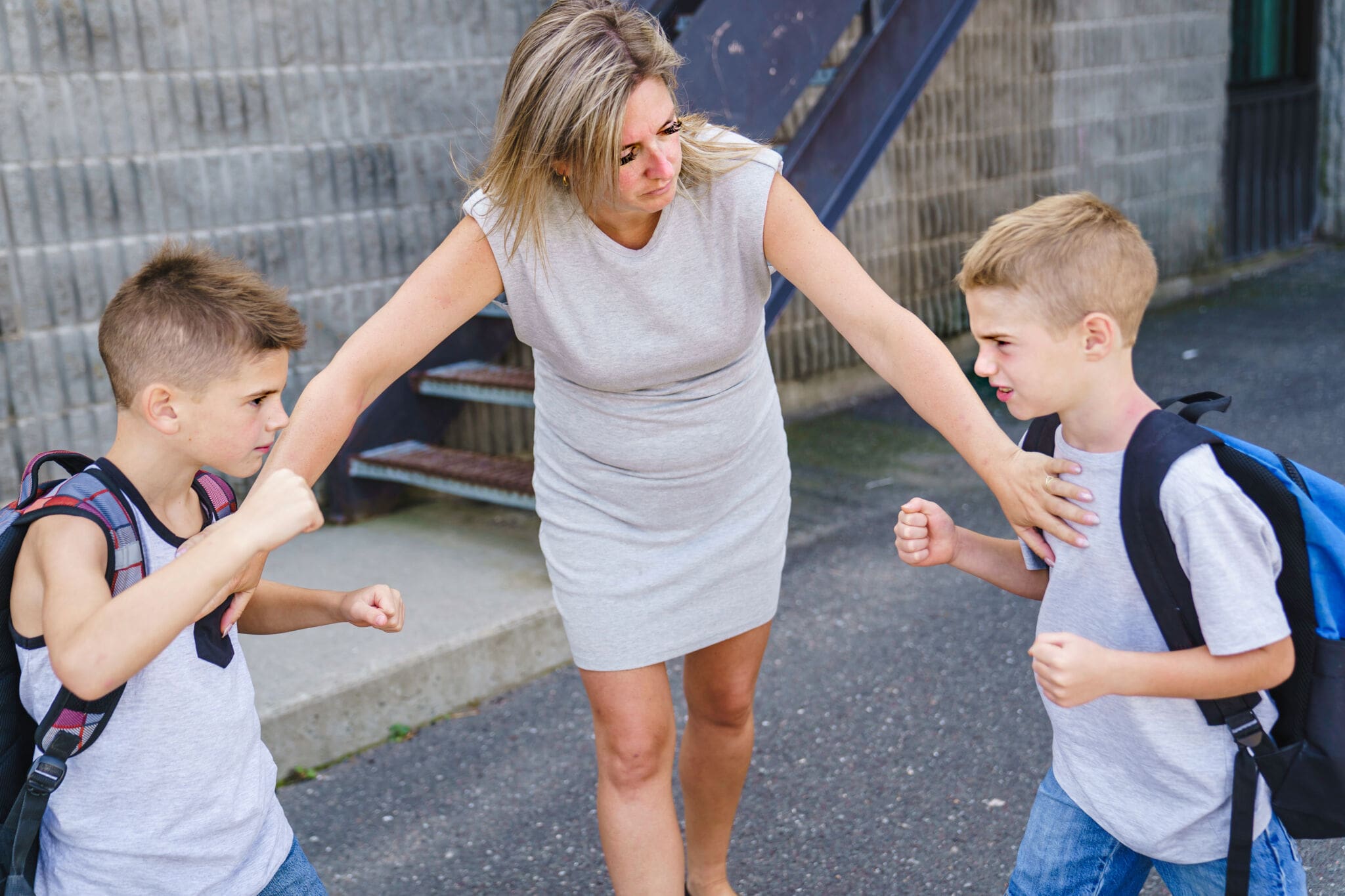In this article
In 2022, the UK’s National Referral Mechanism (NRM) received 16,938 potential victims of modern slavery referrals, which was a 33% increase from 2021. This is the highest number of referrals since the NRM was established in 2009.
What is Modern Slavery?
Modern slavery is a severe violation of human rights and a form of exploitation where people are forced to work or live in exploitative conditions against their will. It includes various forms of coercion, control, and abuse, often involving threats, violence, deception, or manipulation. Modern slavery is a hidden crime that affects millions of people worldwide, including men, women, and children.
The key characteristics of modern slavery include:
- Lack of consent – people are forced, deceived, or coerced into exploitation.
- Control and ownership – perpetrators exercise control over victims, often treating them as their property.
- Exploitation – victims are exploited for economic or personal gain, often through labour or services.
- Restriction of freedom – victims are deprived of their freedom to make choices about their own lives.
Key factors contributing to modern slavery include:
- Poverty and inequality – economic difficulties can make people vulnerable to exploitation. Poverty can often restrict access to stable, well-paying jobs, forcing people to accept exploitative work conditions or migrate in search of opportunities, where they could fall prey to traffickers.
- Conflict and displacement – war and instability increase vulnerability to trafficking and forced labour. Displaced populations are highly vulnerable to exploitation due to their lack of resources, legal protection, and social networks. In conflict zones, government institutions and law enforcement are often weak or non-existent. This creates an environment where human rights abuses, including slavery, can occur easily. Conflict also disrupts livelihoods, leading to widespread poverty and unemployment. Desperation can push people into exploitative labour situations, including forced labour, child labour, and sex trafficking. Additionally, conflict zones often have porous borders, making it easier for traffickers to move victims across borders and into situations of exploitation.
- Weak rule of law – corruption and lack of enforcement enable exploitative practices. In countries or regions with weak rule of law, laws against exploitation, trafficking, and forced labour may be poorly defined, inconsistently applied, or non-existent.
- Demand for cheap labour and goods – global supply chains often rely on exploitative labour practices. The demand for cheap labour and goods significantly increases the risk of modern slavery because it creates economic incentives for exploitation and forces businesses and suppliers to cut costs, often at the expense of workers’ rights and their well-being.
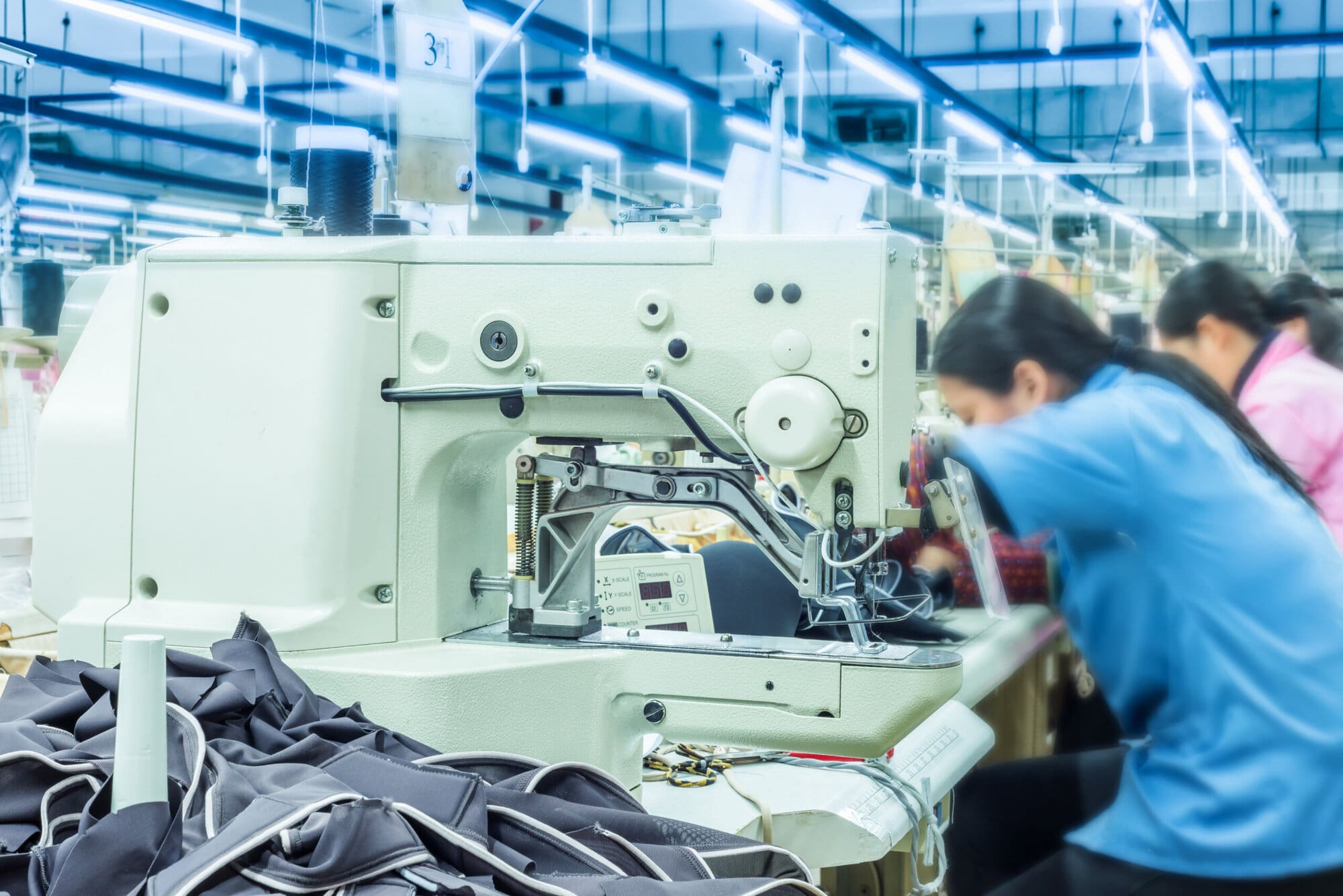
Where is modern slavery most common?
Modern slavery is a global issue, but it is most prevalent in regions with weak governance, high levels of poverty, and systemic inequality. According to the Global Slavery Index (GSI) by the Walk Free Foundation, the following regions and countries are particularly affected:
- Asia and the Pacific – this region has the highest number of people in modern slavery due to its large population and widespread poverty. Countries like India, China, Pakistan, Bangladesh, and North Korea are among the most affected. Forced labour in industries such as textiles, agriculture, and construction is common, as well as forced marriage and human trafficking.
- Africa – Africa has the highest prevalence of modern slavery relative to its population. Countries like Eritrea, Mauritania, South Sudan, and the Democratic Republic of Congo are particularly affected. Forced labour, child labour, and human trafficking are significant issues, often made worse by conflict and political instability.
- Middle East – the Gulf states, for example Saudi Arabia, UAE and Qatar are known for exploiting migrant workers through the kafala system, which ties workers to their employers and often leads to abuse. Forced labour in construction, domestic work, and the sex industry is widespread.
- Europe and Central Asia – while Europe has lower prevalence rates, human trafficking for sexual exploitation and forced labour remains a problem, particularly in Eastern Europe. Countries like Russia, Turkey, and Uzbekistan have significant issues with forced labour and trafficking.
- Americas – in Latin America, countries like Venezuela, Haiti, and the Dominican Republic face high rates of modern slavery, including forced labour and human trafficking. In North America, the U.S. and Canada also report cases of modern slavery, particularly involving migrant workers and sex trafficking.
Different types of modern slavery
Modern slavery includes various forms of exploitation where people are trapped in situations they cannot escape due to coercion, threats, or deception. The main types of modern slavery include:
- Human Trafficking – this involves the recruitment, transportation, or harbouring of people through force, fraud, or coercion for exploitation. It includes sex trafficking, labour trafficking, and organ trafficking. Human trafficking is a global problem that affects nearly every country in the world, either as a source, transit, or destination for victims. Human trafficking is a violation of human rights that inflicts severe physical, psychological, and social harm on its victims. The dangers of human trafficking are serious and long-lasting, affecting individuals, families, and communities as a whole.
- Forced labour – this is where people are forced to work against their will under threat of punishment, often in industries like agriculture, construction, manufacturing, or domestic work. Migrant workers are particularly vulnerable due to restrictive immigration policies and debt bondage.
- Debt Bondage (Bonded Labour) – victims are forced to work to repay a debt, often inflated with excessive interest, making it impossible to repay and is passed down through generations in some cases.
- Child slavery – exploitation of children for labour, sexual abuse, trafficking, or forced begging. This includes child soldiers and forced child marriage.
- Forced Marriage – mostly affecting women and girls, they are forced into marriage without consent, sometimes involving sexual exploitation and domestic servitude.
- Domestic Servitude – victims, often migrant workers, are exploited in private homes, working long hours with little or no pay, and are isolated and controlled.
- Sexual exploitation – this is a form of modern slavery and abuse where people are coerced, forced, or deceived into engaging in sexual activities for the benefit of others. It includes forced prostitution, pornography, and other forms of sexual exploitation and is often linked to human trafficking. Child Sexual Exploitation (CSE) is a form of child abuse where children under the age of 18 are coerced, manipulated, or forced into engaging in sexual activities in exchange for something they need or want. This could be things like money, gifts, drugs, alcohol, or affection. Perpetrators often target vulnerable children, including those from disadvantaged backgrounds, those in care, or those with low self-esteem. Grooming techniques are commonly used to gain the child’s trust before exploiting them. The abuse can happen in person or online.
- State-imposed forced labour – governments force individuals to work, often under threat of punishment, in sectors like agriculture, construction, or military conscription.
- Descent-based slavery – also known as hereditary slavery, is a form of modern slavery where people are born into slavery because their ancestors were enslaved. This practice is based on social hierarchies and caste systems, where certain groups are considered inherently inferior and destined to serve others. Descent-based slavery persists in some parts of Africa, particularly in countries like Mauritania, Niger, Mali, and Chad. It is illegal under national and international law, however despite this the practice still takes place.
- Criminal exploitation – victims are forced into illegal activities such as drug trafficking, theft, or begging, often under threat of violence. It often involves vulnerable people, such as children, teenagers, or marginalised adults, who are targeted by criminals and forced to participate in activities, for example drug trafficking, theft, fraud, or other crimes. Criminal exploitation is a serious violation of human rights and is often linked to county lines operations, gang violence, and organised crime. County Lines is a form of criminal exploitation and drug distribution that involves organised crime groups, often urban-based gangs who expand their drug operations into smaller towns, rural areas, or suburban locations. The term county lines is in reference to the mobile phone lines used to facilitate the sale and distribution of drugs across different regions, often crossing county or police forces. Children and young people are often used in this type of exploitation.
- Forced begging – this is a form of modern slavery and human trafficking where people are coerced or forced to beg for money, often under threats, violence, or manipulation. Perpetrators often target people who are poor, homeless, disabled, or otherwise marginalised. Children are particularly vulnerable due to their dependence and inability to protect themselves. Forced begging is often linked to organised criminal networks that profit from the exploitation of victims.
- Organ trafficking – organs such as kidneys, livers, and corneas are harvested and sold on the black market. The trade is driven by a global shortage of legally available organs. Victims are coerced or deceived into giving up organs, often for transplantation, with little or no compensation. It exploits vulnerable groups of people, often through coercion, deception, or financial desperation, and violates human rights. Common victims include migrants, refugees, and people living in poverty. Victims often suffer severe physical complications from unsafe surgeries and the experience can lead to long-term mental health issues. Many victims also remain in poverty despite being promised payment.
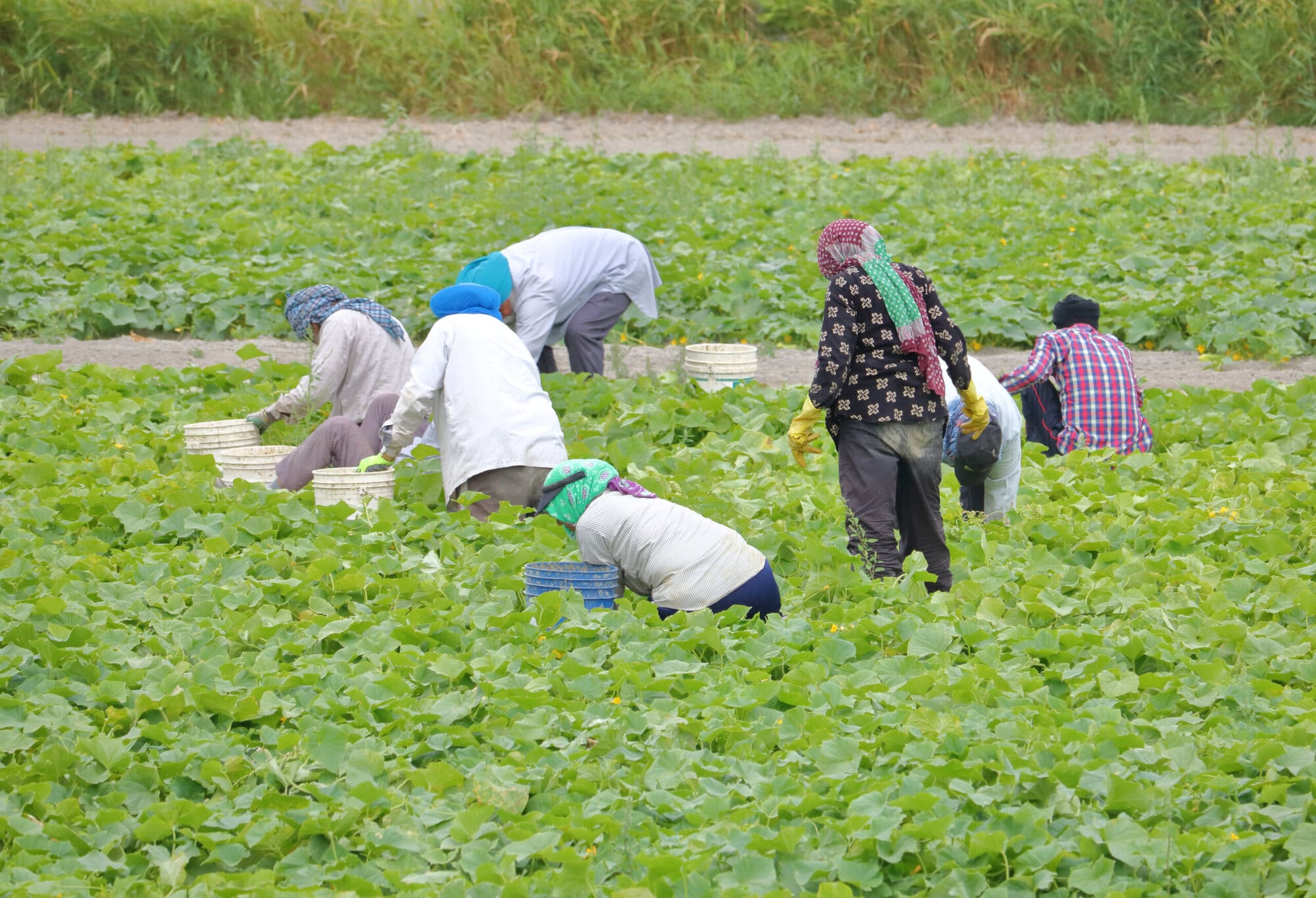
Combating modern slavery
Combating modern slavery is a global challenge that requires coordinated efforts across governments, international organisations, NGOs, businesses, and civil society. Some key initiatives and actions being taken around the world to address modern slavery include:
- Legislation and policy frameworks – many countries have enacted or updated laws to criminalise modern slavery, including human trafficking, forced labour, and child labour. For example, the UK’s Modern Slavery Act (2015) requires businesses to report on their efforts in order to eliminate slavery from their supply chains.
- International agreements – countries have been implementing international conventions such as the Protocol to Prevent, Suppress and Punish Trafficking in Persons (Palermo Protocol) and the ILO Forced Labour Convention.
- United Nations – the UN has set a target to end modern slavery by 2030 as part of the Sustainable Development Goals. The UN also runs initiatives like the Global Plan of Action to Combat Trafficking in Persons.
- Walk Free Foundation – is an international NGO that works to eradicate modern slavery through research, advocacy, and collaboration with governments and businesses.
- Corporate accountability – many countries are introducing laws requiring companies to disclose efforts to eliminate slavery from their supply chains. For example, Australia’s Modern Slavery Act (2018) mandates annual reporting for large businesses.
- Certification programs – initiatives like Fair Trade and Responsible Business Alliance help ensure products are made without forced labour.
- Law enforcement and prosecution – many countries have established specialised units to investigate and prosecute modern slavery cases.
- Cross-border collaboration – international cooperation, such as through INTERPOL and Europol, helps track and dismantle trafficking networks.
- Data and research – organisations like the Global Slavery Index use data to track the prevalence of modern slavery and inform policy.
- Local NGOs – community-based organisations play a critical role in identifying and supporting victims, particularly in vulnerable regions. Non-Governmental Organisations, are independent, non-profit entities that operate locally, nationally, or internationally to address social, environmental, humanitarian, and human rights issues. They are separate from government agencies and are typically driven by a mission to promote positive change, advocate for marginalised groups, and provide services to communities in need. NGOs play a critical role in addressing global challenges, including poverty, inequality, environmental degradation, and human rights abuses like modern slavery.
The UK has been a global leader in the fight against modern slavery, implementing comprehensive measures to combat this issue through legislation, law enforcement, victim support, and public awareness. Modern Slavery Act 2015 is an important piece of legislation which consolidated and strengthened laws against slavery, human trafficking, and forced labour. Key provisions of the act include:
- Criminalisation – the act introduced severe penalties for perpetrators, including life imprisonment.
- Transparency in supply chains – this requires businesses with a turnover of £36 million or more to publish annual statements detailing steps taken to prevent modern slavery in their operations and supply chains.
- Protection for victims – this provides support and protection for victims, including a statutory defence for victims who were forced to commit crimes as a result of their exploitation.
- Independent Anti-Slavery Commissioner – this established a dedicated role to oversee and coordinate anti-slavery efforts.
The NCA leads the UK’s fight against modern slavery, working with police forces to investigate and dismantle trafficking networks. Specialised units within police forces focus on identifying and prosecuting modern slavery cases. Collaboration between police, border forces, and international partners work together to disrupt trafficking routes and networks.
National Referral Mechanism (NRM) is a framework for identifying and supporting victims of modern slavery. It is a multi-agency system designed to ensure that victims receive the necessary protection and support. Victims can receive access to:
- Shelter and accommodation.
- Legal, medical, and psychological support.
- Assistance with reintegration into society.
- Independent Child Trafficking Guardians who provide support and advocacy for trafficked children.
- Victim care contracts ensure victims receive tailored support, including housing, counselling, and legal aid.
The NRM has faced criticism for long delays in processing cases. In 2022, the average time for a decision was 543 days. The increasing complexity of modern slavery cases, particularly involving an increase in referrals for criminal exploitation, has strained the NRM’s limited resources. The government has now allocated additional funding to improve the NRM’s capacity and reduce these delays.
The UK government and NGOs also run campaigns to educate the public about the signs of modern slavery and how they can report it. Training is provided to police officers, healthcare workers, and businesses in order to help them identify and respond to modern slavery cases.
The UK works with international organisations like the UN, ILO, and INTERPOL in order to combat modern slavery globally and also funds programs in vulnerable countries to address the root causes of modern slavery, such as poverty and lack of education and collaborates with other countries to improve cross-border efforts to combat trafficking and support victims. The UK collects and publishes data on modern slavery cases to inform policy and measure progress. The government also commissions independent reviews in order to assess the effectiveness of its anti-slavery efforts and identify areas for improvement.
If you suspect modern slavery, you should report it immediately. Do not confront the suspected traffickers or exploiters, as this could put you or the victim at risk. Options for reporting include:
Modern Slavery helpline is 0800 0121 700 and is available 24/7. It is free, and confidential. You can report anonymously and receive advice on what to do next. You should call 999 if there is an immediate risk to someone’s life or safety, or call 101 for non-emergency situations.
When reporting, you should provide details such as:
- Location of the suspected modern slavery.
- Descriptions of the people involved.
- Any vehicles, addresses, or workplaces that you are aware are linked to the situation.
- Dates and times of suspicious activities that you are aware of.
If you are in direct contact with someone you believe is a victim, you should be compassionate and listen to them without judgment and reassure them that help is available to them, do not intervene directly and avoid confronting the suspected traffickers or exploiters, as this could escalate the situation. Encourage them to seek help and give them the contact information for the Modern Slavery Helpline or local support services.

